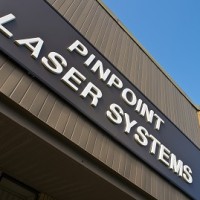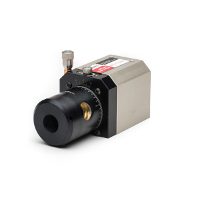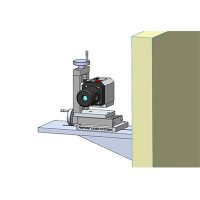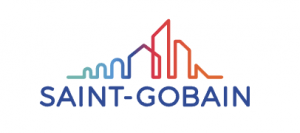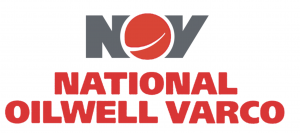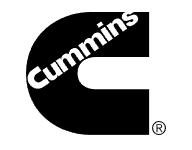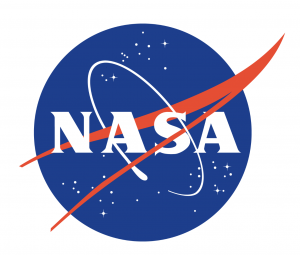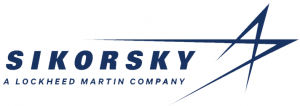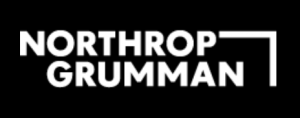Alignment can feel like just another task. Take a break from the ordinary and see 6 interesting things about alignment that you probably didn’t know.
1.) Animals are concerned with alignment too. From amphibians to mammals, Magneto-reception is found in many animals. According to the Proceedings of the National Academy of Sciences, cows prefer to align their bodies with the Earth’s magnetic fields. Small birds and finches navigate thousands of miles by aligning their flight to the Earth’s magnetic fields.

2.) Alignment applies to ancient history. There exist several dimensional metrological similarities between the pyramids of Egypt and the pyramids of the Americas. Both regions boast of architectural feats that suggest an advanced knowledge of technology that has since been lost. However, the construction of the archaeological structures are aligned to cardinal points.
3.) Leveling and aligning teeth in the world of orthodontia is not nearly as simple as it seems. Various phases of treatment involve correcting vertical discrepancies and leveling arches. Not only are malposed teeth stressed into the appropriate arches, elongation and intrusion of anterior and posterior teeth must be leveled. If leveling by extrusion or leveling by intrusion doesn’t form a painful enough picture, alignment in asymmetric arches and even alignment in symmetric crowding is important for correcting the messiest of mouths that are likely to wear thin, chip and even disintegrate over time.
4.) Daylight or white light is made up of many individual colors that all randomly work together to illuminate objects and things that we see each day. The combination of these colors and their randomness is helpful when we identify specific objects. One characteristic of this white light is that it illuminates over a short distance but typically fades away as you move further from the light source.
A laser is different in that its light is comprised of a single wavelength, or color, that is very well organized or “coherent.” In this way, laser light can be focused and used over great distances. Because its behavior is predictable and well understood, laser light is a great tool for measuring and aligning things precisely.
5.) Millwrights and engineers sometimes use piano wire to measure things like straightness, flatness and beam height. For example, if a welder needs to line up conveyor sections for long or short runs, he or she could use piano wire to check alignment, somewhat similar to the way a tape measure is used. Straightness and level are particularly important in keeping these hefty and large components in alignment when there is a curve in the line or unevenness in the surface.
Starting with centerlines on two opposing sides, the wire ends are tacked onto clamps, jack stands or even overhead cranes, securing the tightened wire. Next, leveling and straightening start but this method is a bit archaic, requiring a ruler or tape measure. If a center joint in a fit up needs to be raised 1/4″ the piano wire method of aligning may be okay. However, greater degrees of accuracy are possible using laser alignment systems. The biggest limitation of using wires or strings to align machinery and production lines is the sag. Laser light doesn’t have to compete with gravity the way piano wire does and allows for much greater measuring accuracy and performance. Of course, piano wire delivers wonderful and pleasing sounds to the ear – and the laser cannot.
6.) Getting the right alignment tool for a new project or job provides you with added credibility. Being able to tell your customers that you have a custom laser alignment system that you purchased or use specifically for their top-level needs and applications shows that you go above and beyond at meeting customer needs. A Microgage PRO system, specifically designed to provides alignment direction, has on-board steps to take before, during and after the alignment job. Accurate alignment data also provides proof that your team may already understand but need help justifying to management. Sometimes, numbers speak louder than words and allow for the peace of mind that humans can make errors but not always. Teams greatly benefit from quantifiable results and this applies in the world of alignment as well.




